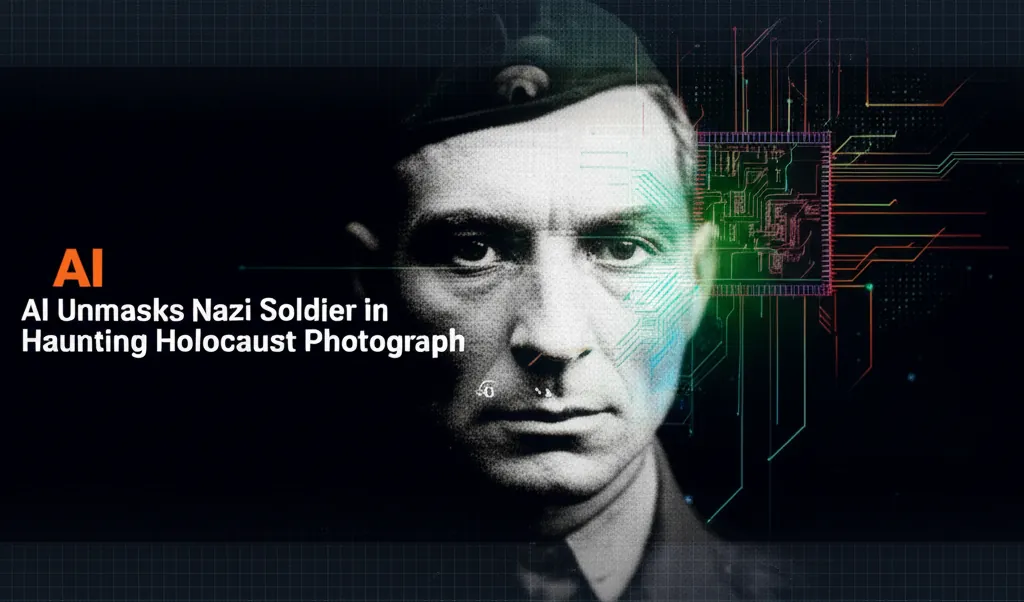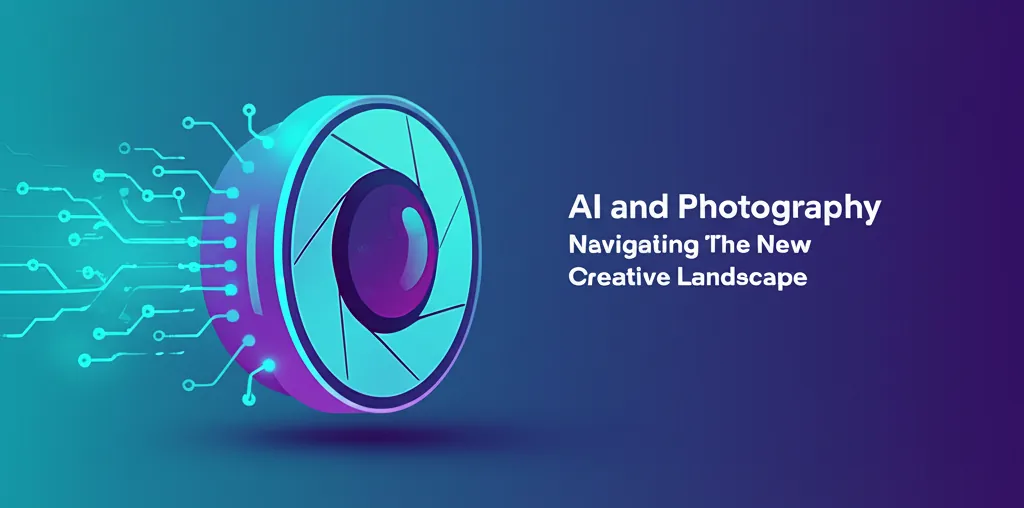Developer Offer
Try ImaginePro API with 50 Free Credits
Build and ship AI-powered visuals with Midjourney, Flux, and more — free credits refresh every month.
AI Generated Fake Image Exploits Missing Child Case
The Heartbreaking Search and the Rise of a Fake Image
The search for four-year-old Gus, who went missing from his family's homestead in South Australia's mid-north, has taken a distressing turn with the spread of AI-generated misinformation. Gus was last seen playing near his home south of Yunta on Saturday, September 27.
While SA Police have recently scaled back the large-scale operation, they confirmed that drone searches were conducted over the weekend, with results still weeks away. In a separate development, police also confirmed that a boot print found near a dam was not related to the missing boy.
Amidst the family's anguish and the ongoing investigation, a disturbing post has been circulating on Facebook. It features an AI-generated image depicting a young boy with blonde curly hair being held by a man next to a four-wheel drive, accompanied by the text, "Is this a kidnapping case?" The post dangerously combines this fake image with the only official photo of Gus released to the public.
The extensive search in the vast terrain near Yunta was scaled back on Friday. (ABC News: Daniel Taylor)
Expert Warns of AI Exploiting Public Anxiety
This incident is a stark example of the dangerous intersection of AI and misinformation. Rebecca Johnson, an expert in AI ethics at the University of Sydney, says that while the situation is concerning, it isn't surprising. She explains that such images are often created by "nefarious people" aiming to generate clickbait or boost their social media following.
"[People] can take advantage of this situation, and this void of independent fact checking, to gather people that are under stress," she said.
Johnson notes that these actors prey on public fear and anxiety, using the emotional weight of a missing child case to "drag them down into different rabbit holes of misinformation." The problem is amplified as more people turn away from traditional news outlets, instead getting their information from unregulated social media feeds. This isn't the first instance of incorrect information about the search for Gus spreading on Facebook.
How to Combat AI-Driven Misinformation
To counter this growing threat, Johnson advises the public to become more critical of their information sources.
"That stuff they're dragging from the internet might be misinformation itself, and so what we really should be focusing on is teaching people how to do real research."
She warns against relying on AI search tools as a replacement for credible news sources, highlighting that these tools often pull from the same internet ecosystem where misinformation thrives. This warning comes as Google launched its own chatbot-like AI search feature in Australia, further blurring the lines between search engine and answer engine.
The boy was last seen by his grandmother playing at his family's homestead in South Australia's mid north. (ABC News: Daniel Taylor)
Official Response and Guidance
Government officials are also taking note. South Australia's Assistant Minister for AI, Michael Brown, stated that the misinformation surrounding Gus's disappearance underscores the need for public education about AI's capabilities and limitations. "That way, we can make sure that we use AI responsibly... but we're also aware of the limitations of AI and the possible downsides," he said.
SA Police have issued a clear directive to the public. In a statement, a spokesperson emphasized that official images of missing persons are released with family permission to aid in the search. They urged: "Members of the public should only trust reputable sources like government agencies where images are published online."
Compare Plans & Pricing
Find the plan that matches your workload and unlock full access to ImaginePro.
| Plan | Price | Highlights |
|---|---|---|
| Standard | $8 / month |
|
| Premium | $20 / month |
|
Need custom terms? Talk to us to tailor credits, rate limits, or deployment options.
View All Pricing Details

